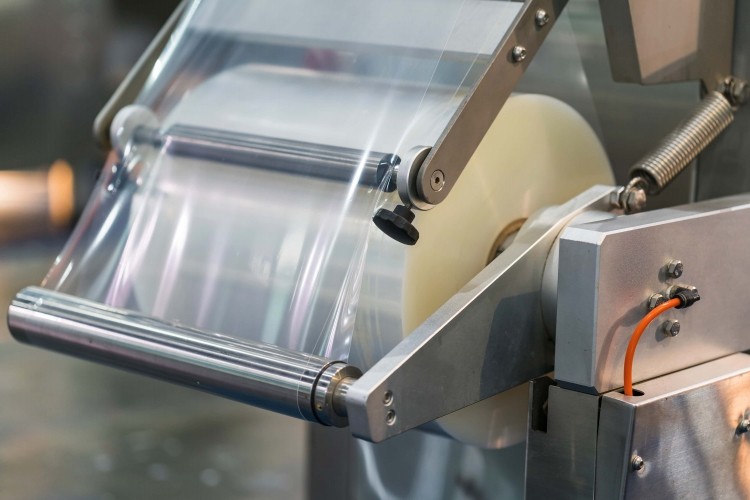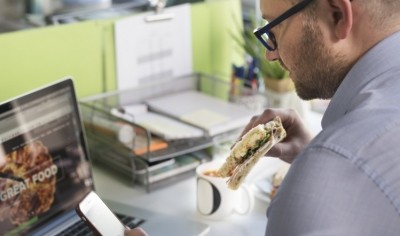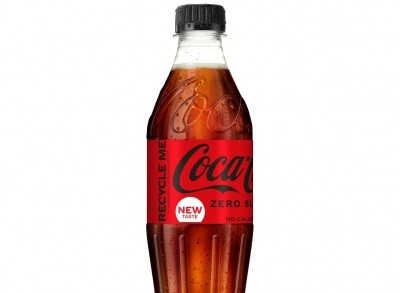Plasma tech dramatically cuts packaging sterilisation times

The project, funded by Innovate UK, allowed experts from Campden BRI and research group Sterafill to develop the world’s first commercial sterilisation system using plasma technology.
The teams found that cold plasma packaging sterilisation systems take up significantly less floor space, allow manufacturers to adjust packaging during the run without compromising the aseptic zone and reduce downtime with its rapid re-sterilisation process. There is also no need for the use or storage of hazardous chemicals.
Danny Bayliss, new technology lead at Campden BRI who generated the results, said proving that plasma can effectively sterilise packaging was a real milestone in applying the technology for laminate packaging processes.
‘Closer to commercial reality’
“Our findings move the world’s first plasma sterilisation packaging system one step closer to commercial reality,” said Bayliss. “Having to use and store hazardous chemicals such as hydrogen peroxide and the need to break the aseptic zone when adjusting packaging has long been a crux for traditional packaging sterilisation systems.
“This project indicates a future where these chemicals will no longer be required for these systems, and packaging can be rapidly re-sterilised or pre-sterilised after human intervention without using bought-in chemicals.”
Following months of testing, Bayliss confirmed a log reduction of Bacillus spores greater than 4.74, which met VDMA (German Engineering Federation) requirements.
The results were gained with the technology operating near commercially relevant speeds on a single lane machine. The team’s focus now shifts to scaling up the system to be used on multi-lane setups, making it even more applicable to the industry.
Develop the technology further
Paul Newman, managing director at Sterafill and project lead, said the initial trial hinted towards the potential to develop this technology further for use on other packaging formats that require sterile packaging material.
“Part of what makes this technology special is that it allows for a much smaller aseptic zone compared to traditional methods and sterilises to the point of fill,” he continued. “Not only does this save on space, but also allows manufacturers to adapt packaging with less risk of breaking the aseptic zone.
“If the aseptic zone is ever breached, the results from the recent research found that re-sterilisation can occur in just 30 minutes which is up to 93% quicker than traditional methods.”
Meanwhile, issues surrounding cross contamination and hygiene must be at the forefront of a producer’s mind when integrating new machinery into their factories, according to Mariane Hodgkinson, hygiene consultant for specialist cleaning equipment supplier Hillbrush.
















